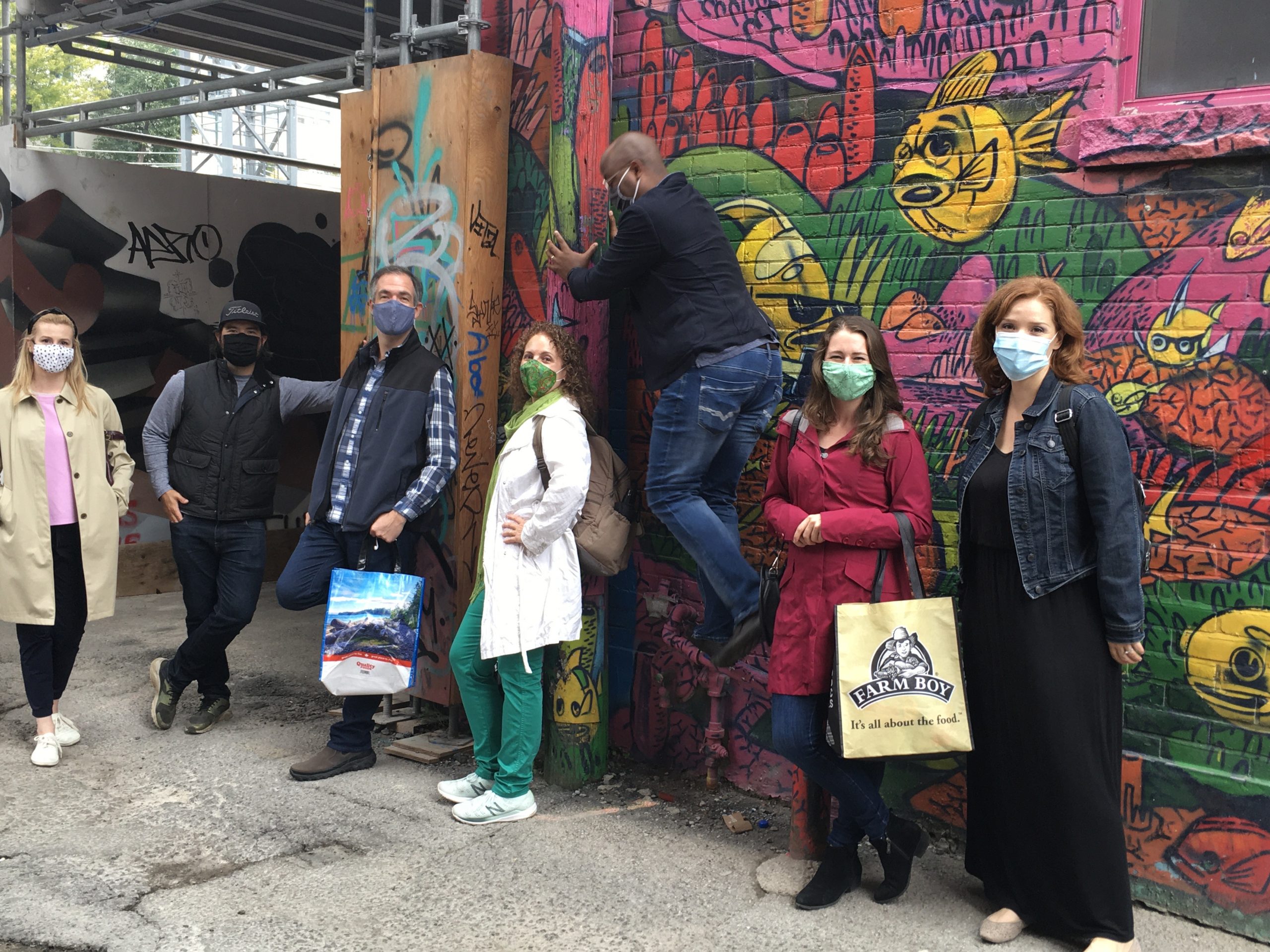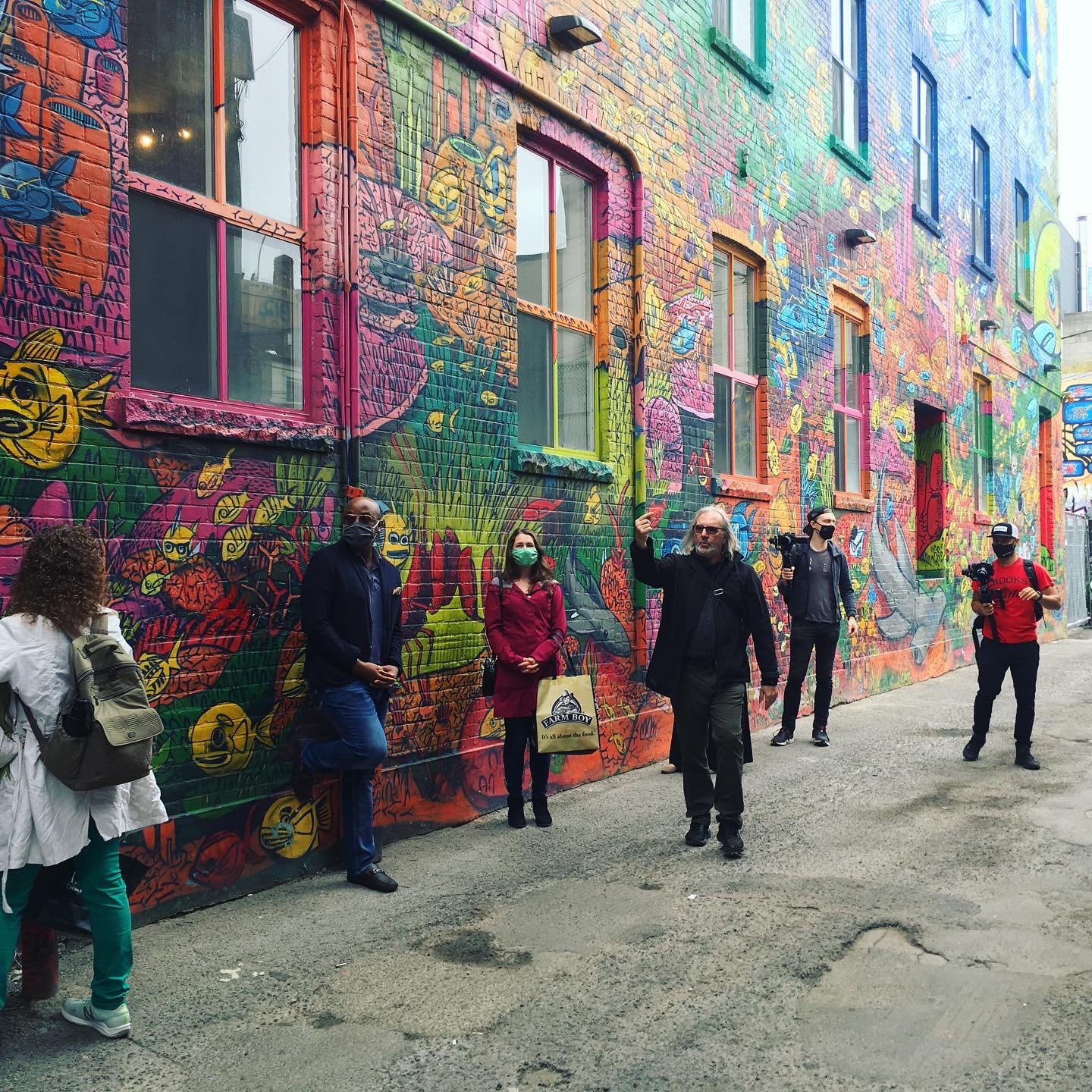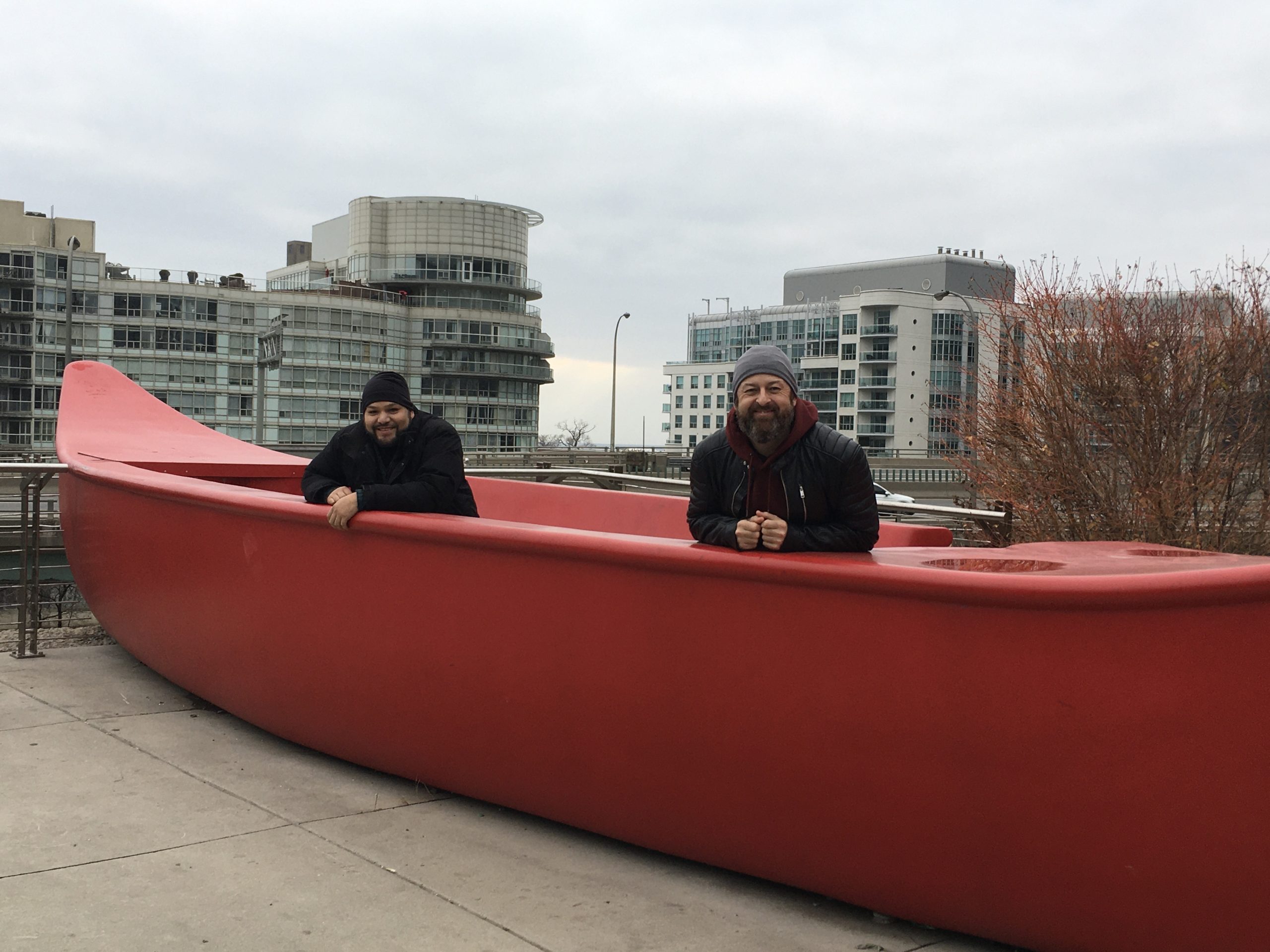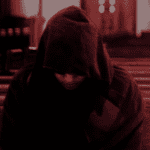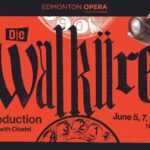Since the beginning of the pandemic, streamed performances or “digital operas” have been a lifeline for opera singers sidelined from their careers. Using technology, social media, and streaming platforms, singers have been able to share their talents with the world and maintain a connection to opera fans. Yet, as more and more singers took to the online, digital world, suddenly there were worries about standing out in a quickly overstuffed market. Furthermore, as the woman behind Domoney Artists Management soon noticed, the inexperience of the singers, with recording and editing their performances, left much to be desired when it came to demonstrating the quality of their voices.
“Opera Breaks grew out of the desolation, and cancellation, and misery of the spring of 2020,” says Kathy Domoney, the director of her eponymous boutique opera artist agency located in Toronto. “The feeling was that you had to get something out digitally—you had to let people know that you were still alive. [The problem is], the whole thing about classical singing is the beauty of the voice. Singers get trained to control their breath and to fill a hall, and it felt really bizarre to see these singers singing stuff on these small screens.
“One day I was on Facebook. American Ballet Theatre did a video thing called Sequentia. And it was like a chain letter of video things where a person would dance in New York, and they do a turn, and end it with [a gesture] and then the next clip would be someone in the San Francisco starting with that gesture, And then doing something else. It was like they were tossing the ball to somebody. And it was outdoors. Somebody was dancing in the driveway, someone was dancing in a park, someone was on a beach. And they had this orchestral music playing the background. And it was so enlightening and invigorating. It just really moved me, and I thought could we do something like that. Just outside filming, some kind of singing thing.”
Launched at the beginning of 2020, the project is funded by the Canada Council for the Arts and is a collaboration with director François Racine, Coffeeshop Creative’s Stephen Bell, and pianist Kathryn Tremills. Each episode of OperaBreaks features singers represented by Domoney performing well-known arias in various Toronto locations—like soprano Caitlin Wood singing “Green Finch and Linnet Bird” from Sweeney Todd, or Wood again, with baritone Clarence Frazer as Susanna and the Count in “Crudel! Perché finora” from Le Nozze di Figaro (available from July 17). The episodes are a combination of still shots, and live action footage. The series’ first episode, which was filmed in Toronto’s Graffiti Alley, focuses on the isolating effects of masks while soprano Jennifer Taverner sings Musetta’s “Quando m’en vo” from Puccini’s La bohème.
“The good thing about this project is that it allows all of these singers to perform,” says OperaBreaks director, Racine. “Last year, I will say in the beginning of summer, lots of my friends, and all the young singers I knew, felt hopeless. [The pandemic has been] just a really dark moment, and it still remains so in many ways. And this project has been able to keep many people active and passionate. And I hope [their] fire keeps burning during the tough moments.
“People were doing little videos in their living room, things like that. It was cool at the beginning but after a few weeks, [most of the stuff] had been done before. Or, it was always a little bit frustrating because the sound was bad because they filmed themselves. So, I was wondering, what can we do? Can we create something of interest, of quality, but with very little budget? Can we do it while using the reality of this pandemic and putting it in opera? So, by recording the voices in studio, by having the artist being there just singing, the sound is very good. And with filming, you can see how [passionate] the artists are through their eyes.”
For the most part, despite the restrictions and limitations of the pandemic, filming and creating the episodes has gone well. There were a few bumps with moving locations or having to rethink prop choices. But overall, the choice to use Toronto as the background for the episodes has creatively led the team to film in a barber shop, on the water, in a baseball field and even in the subway.
“We started to shoot these little narratives around the city and, using a safe way of shooting during COVID, we were able to create these little kinds of stories or little features,” says Bell, UX/UI Designer, videographer, tenor, and founder of Coffeeshop Creative, who did the filming for OperaBreaks. “The goal was to create these kinds of postcards for people to see of the city, when they were on lockdown. And I think it’s very effective, especially since I don’t think people have seen this idea of doing an [opera] music video, in a sense, with an artist in different parts of the city. Not so much like you see on MTV, or any kind of music video setup, but more kind of an organic approach to storytelling.”
Domoney said she wanted to find a creative but safe way for singers to thrive during the pandemic. Having spent over 20 years as a lyric soprano before becoming an agent, she understood the difficulties that artists were facing when it came to maintaining their passion and sense of identity—their security—as opera singers.
“For many…when it comes down to it, there’s questions of, ‘who am I, my voice has gone, I have nothing to prepare for, what’s my reason to live?’ So, I tried to keep tabs on everybody, and check in with them,” she says. “A lot of people applied for CERB for funding. I mean, the money losses are enormous, thousands of dollars. And if you’re self-employed you can’t go on unemployment.
“So, it brought to a lot of attention into the whole way that the opera world is set up. You don’t make any money; you don’t get paid until you perform. You might take six months or a year to learn the role, but you don’t get paid until your first performance. So, the whole pay structure has been under discussion.”
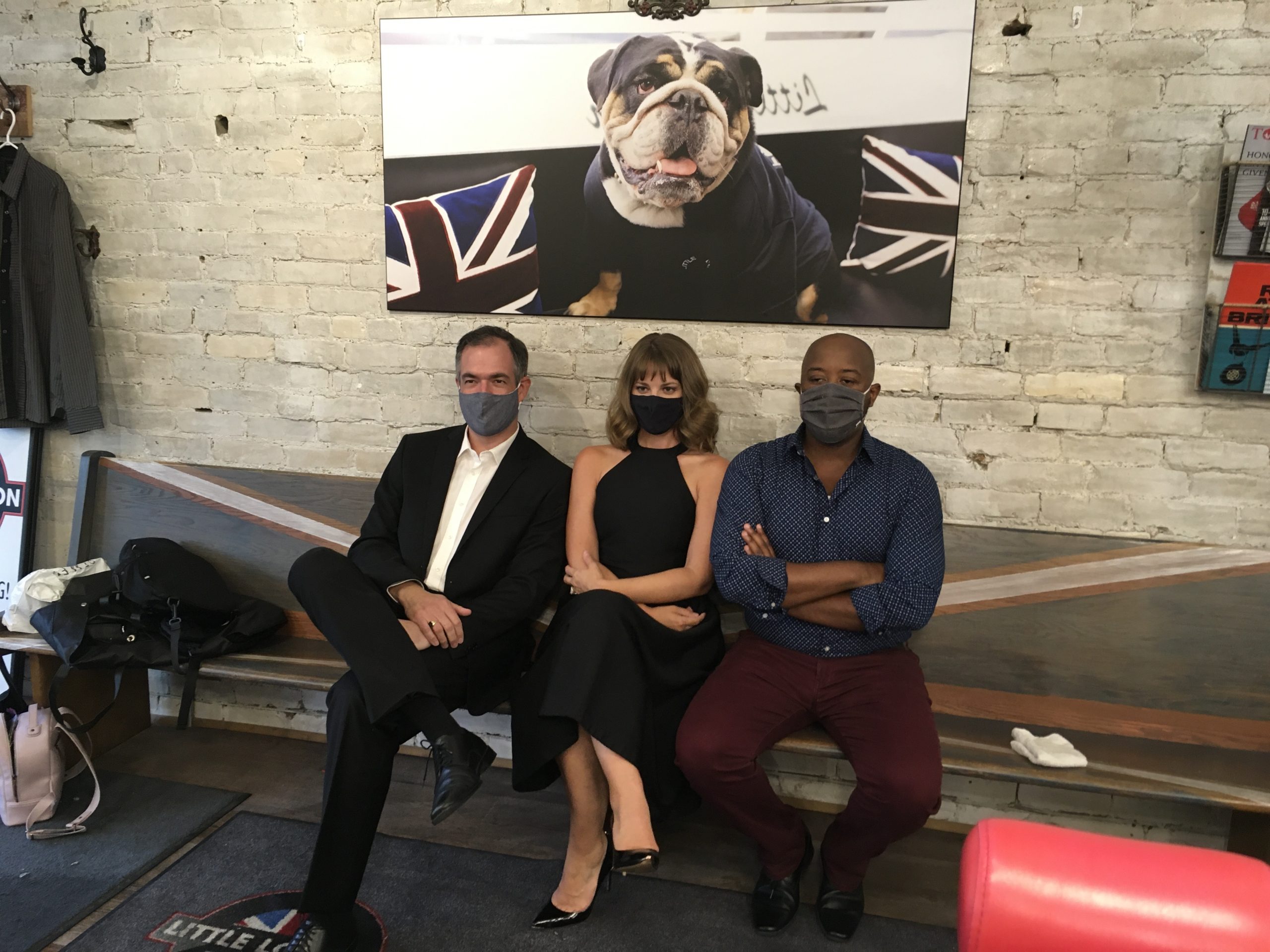
L to R: Giles Tomkins, Marjorie Maltais, & Jorell Williams in Domoney Artists’ OperaBreaks. Photo: Kathy Domoney
Advocating for her singers is something that Domoney is passionate about and one of the reasons she felt OperaBreaks needed to happen. While she doesn’t know if digital opera videos like these could ever completely replace live opera, she’s had a lot of fun producing this project.
“Choosing photos [photo art used in the series was furnished LennoxPix] and choosing scenes has been fun for me and something I’ve never really done before. And I couldn’t do this without the people I work with. I work with a really great team of collaborative people.”
Currently there are eleven episodes in the OperaBreaks series, though more are being planned and produced for the future. What’s more, opera fans missing the ‘live’ experience can watch them for free and have fun guessing the Toronto locations in the process.

